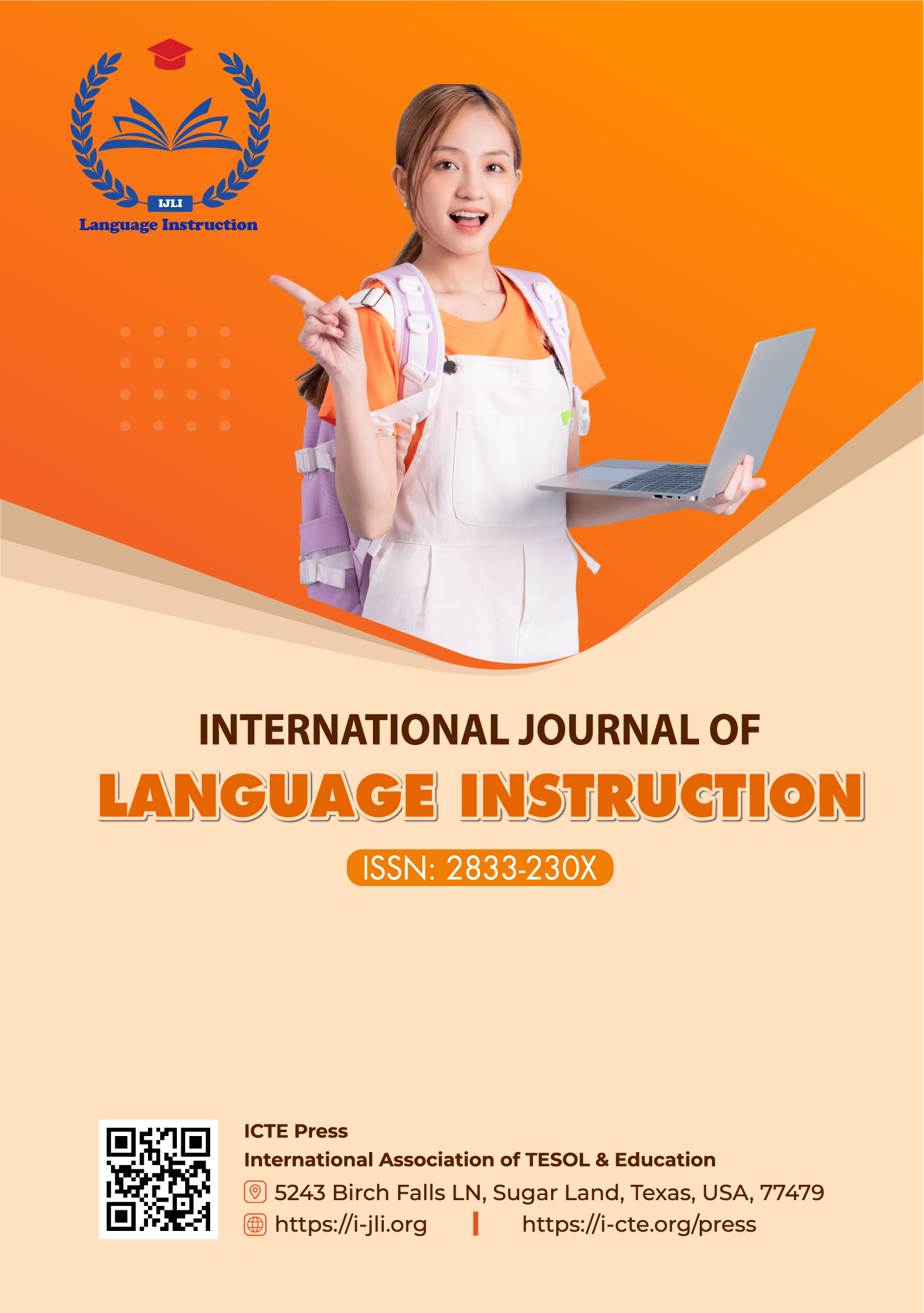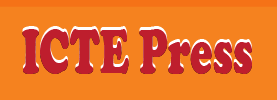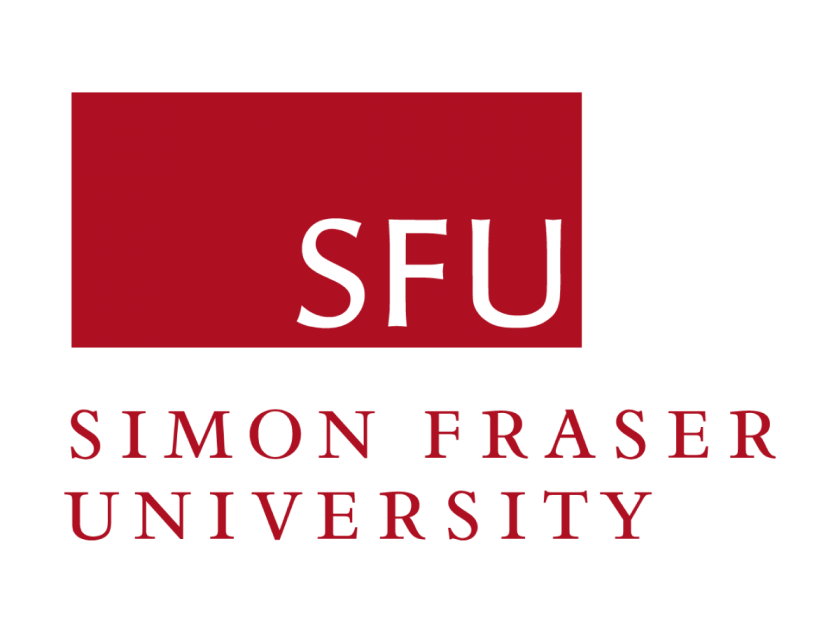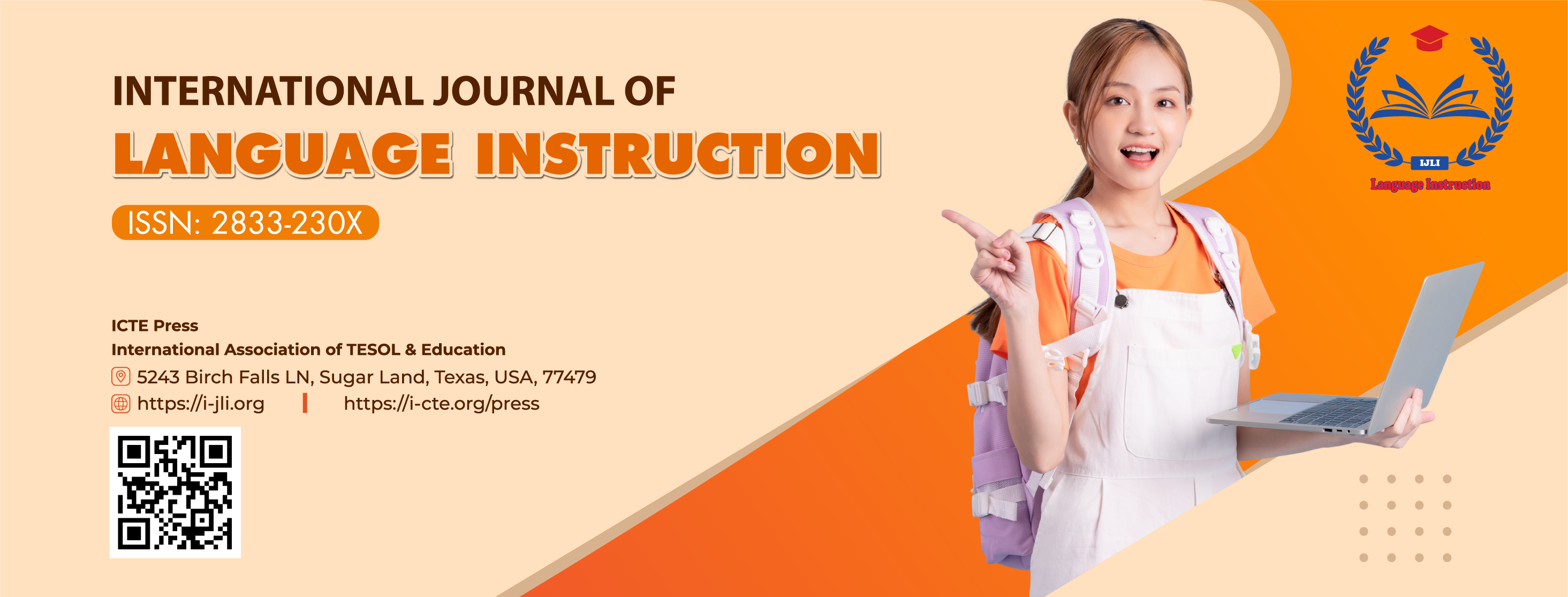The Effects of Oral Explicit Correction Techniques on High School Students' English-Speaking Skills
DOI:
https://doi.org/10.54855/ijli.25433Keywords:
explicit error correction, feedback, language acquisition, English teaching, high school studentsAbstract
Oral corrective feedback (CF) is a crucial tool in second language acquisition; however, its application in Vietnamese schools in the Mekong Delta region remains underexplored. This study employed a mixed-methods research approach, combining qualitative classroom observations and a quantitative survey, to investigate how English teachers utilized explicit verbal error correction in the classroom. Specifically, four English teachers were selected as the subjects of observation. Each teacher was directly observed during an English lesson, focusing on the feedback strategies they employed when students made errors in communication. Additionally, 171 students from these classes participated in a closed-ended questionnaire to collect learners’ views on the effectiveness and impact of explicit corrective feedback on their learning process. The data were analyzed using content analysis for qualitative data and descriptive statistics for quantitative data. The integration of field observations and learner feedback allowed the study to provide a comprehensive and in-depth examination of the implementation of explicit corrective feedback.
References
Aljaafreh, A., & Lantolf, J. P. (1994). Negative feedback as regulation and second language learning in the zone of proximal development. The Modern Language Journal, 78(4), 465–483.
Amador, D. (2022). The effect of explicit correction on English language learners' speaking skills: A study at universities in Vietnam. Journal of Language Teaching, 15(3), 124–139.
Amador, J. (2022). The effect of explicit corrective feedback on university students' oral proficiency in Vietnam. Journal of Second Language Acquisition, 34(2), 123–137.
Bitchener, J., & Knoch, U. (2008). The value of written corrective feedback for adult second language learners. System, 36(2), 239–252. https://doi.org/10.1016/j.system.2008.01.002
Chaudron, C. (1977). The role of feedback in second language learning. TESOL Quarterly, 11(2), 115–128.
Creswell, J. W., & Guetterman, T. C. (2018). Educational research: Planning, conducting, and evaluating quantitative and qualitative research (6th ed.). Pearson.
Đinh, T. T. H., Đặng, H. D., & Hoàng, T. T. H. (2024). Các lỗi thường gặp trong kỹ năng nói tiếng Anh của sinh viên, thực trạng và giải pháp. Tạp chí Nghiên cứu Khoa học và Phát triển, 11–18.
Edge, J. (1989). Mistakes and correction: A teacher's view. ELT Journal, 43(2), 135–142.
Ellis, R. (2006). Current issues in the teaching of grammar: Theoretical perspectives. Oxford University Press.
Ellis, R. (2006). The methodology of task-based teaching. In N. Van Den Branden (Ed.), Task-based language education (pp. 63–78). Cambridge University Press.
Ellis, R. (2009). Corrective feedback and teacher development. L2 Journal, 1(1), 3–18. https://doi.org/10.5070/L2.V1I1.9054
Ellis, R. (2015). Understanding second language acquisition (2nd ed.). Oxford University Press.
Ellis, R., Basturkmen, H., & Loewen, S. (2001). Preemptive focus on form in the ESL classroom. TESOL Quarterly, 35(3), 407–436. https://doi.org/10.2307/3588031
Gass, S. (1997). Input, interaction, and the second language learner. Lawrence Erlbaum Associates.
Hendrickson, J. M. (1978). Error correction in foreign language teaching: Recent theory, research, and practice. The Modern Language Journal, 62(8), 387–398.
Hernández Méndez, E., & Reyes Cruz, M. R. (2012). Teachers' perceptions about oral corrective feedback and their practice in EFL classrooms. Profile Issues in Teachers' Professional Development, 14(2), 63–75.
Johnson, R. B., & Christensen, L. (2019). Educational research: Quantitative, qualitative, and mixed approaches (6th ed.). SAGE Publications.
Kaivanpanah, S., Alavi, S. M., & Sepehrinia, S. (2015). Preferences for interactional feedback: Differences between learners and teachers. The Language Learning Journal, 43(1), 74–93.
Li, S. (2010). The effectiveness of corrective feedback in second language acquisition: A meta-analysis. Language Learning, 60(2), 309–365. https://doi.org/10.1111/j.1467-9922.2010.00561.x
Li, S. (2014). The effectiveness of corrective feedback in second language acquisition: A meta-analysis. Language Teaching Research, 18(4), 441–463.
Lightbown, P. M., & Spada, N. (2013). How languages are learned (4th ed.). Oxford University Press.
Loewen, S. (2012). The role of corrective feedback in second language acquisition. In S. Gass & A. Mackey (Eds.), The Routledge handbook of second language acquisition (pp. 347–360). Routledge.
Long, M. H. (1991). Focus on form: A critical review of theory and research. In R. P. L. A. Doughty & C. J. Williams (Eds.), Focus on form in classroom second language acquisition (pp. 1–13). Cambridge University Press.
Long, M. H. (1996). The role of the linguistic environment in second language acquisition. In W. C. Ritchie & T. K. Bhatia (Eds.), Handbook of second language acquisition (pp. 413–468). Academic Press.
Lyster, R., & Ranta, L. (1997). Corrective feedback and learner uptake: Negotiation of form in communicative classrooms. Studies in Second Language Acquisition, 19(1), 37–66. https://doi.org/10.1017/S0272263197001034
Lyster, R., & Saito, K. (2010). Oral corrective feedback in second language classrooms. Language Teaching Research, 14(3), 269–292.
Lyster, R., Ranta, L., & Ballinger, S. (2012). The effectiveness of corrective feedback in SLA: A meta-analysis. Studies in Second Language Acquisition, 34(2), 125–151.
Mackey, A., Gass, S. M., & McDonough, K. (2000). How do learners perceive and interpret feedback? In J. Williams & M. Burden (Eds.), Language learning and teaching: Research in SLA (pp. 490–502). Cambridge University Press.
Mertler, C. A. (2021). Introduction to educational research (2nd ed.). SAGE Publications.
Nguyen, T. H. (2024). The role of explicit correction in improving L2 speaking accuracy. International Journal of Language Instruction, 3(2), 12–25. https://doi.org/10.54855/ijli.24322
Nguyen, T. M., & Tran, D. Q. (2023). The role of explicit correction in enhancing speaking skills for first-year university students in the Mekong Delta. Asian Journal of Language Education, 14(3), 203–217.
Nguyen, T. M., & Tran, L. Q. (2023). Explicit correction in speaking classes: The case of freshmen in the Mekong Delta. TESOL Journal, 24(2), 45–58.
Panova, I., & Lyster, R. (2002). Patterns of corrective feedback and uptake in an adult ESL classroom. TESOL Quarterly, 36(4), 573–595. https://doi.org/10.2307/3588242
Pham, T. B., & Nguyen, K. H. (2022). The influence of explicit corrective feedback on the oral communication skills of university students in Vietnam's Mekong Delta region. Journal of Language Teaching and Research, 11(2), 98–110.
Phuong, N. T. M., & Huan, L. T. (2018). Exploring corrective feedback techniques in EFL classrooms. Journal of Language Teaching, 30(3), 1–7.
Pica, T. (1994). Research on negotiation: What does it reveal about second-language learning? Language Learning, 44(3), 493–527.
Roussel, D., & Williams, A. (2021). Explicit corrective feedback and student engagement in speaking tasks: Evidence from Southeast Asia. TESOL Quarterly, 55(4), 984–1002.
Roussel, S., & Williams, J. (2021). Explicit correction in Southeast Asia: A case study of English-speaking classes in Vietnam. Asian EFL Journal, 28(1), 37–52.
Safari, P. (2013). The impact of corrective feedback on the uptake of Iranian EFL learners. International Journal of English Language Teaching, 1(1), 1–16.
Sari, R. (2023). Corrective feedback in EFL speaking classes: Teachers’ beliefs and practices. International Journal of Language Instruction, 2(1), 45–60. https://doi.org/10.54855/ijli.23214
Sheen, R. (2004). Corrective feedback and learner uptake: Their relationship. Studies in Second Language Acquisition, 26(3), 409–426.
Sheen, Y. (2007). The effect of focused written corrective feedback and language aptitude on ESL learners’ acquisition of articles. TESOL Quarterly, 41(2), 255–283. https://doi.org/10.1002/j.1545-7249.2007.tb00059.x
Sheen, R., & Ellis, R. (2011). Corrective feedback in language teaching. In M. H. Long & C. J. Doughty (Eds.), The handbook of language teaching (pp. 528–543). Wiley-Blackwell.
Slimani, A. (1992). A study of learners' responses to corrective feedback in SLA. System, 20(1), 1–12. https://doi.org/10.1016/0346-251X(92)90002-I
Suzuki, M. (2005). Investigating the effectiveness of oral corrective feedback in second language acquisition. TESOL Quarterly, 39(1), 107–133. https://doi.org/10.2307/3588470
Suzuki, M. (2005). The effectiveness of explicit corrective feedback in ESL classrooms. TESOL Quarterly, 39(3), 103–127.
Wang, L., & Wang, C. (2020). The impact of explicit corrective feedback on speaking proficiency in EFL contexts. International Journal of Applied Linguistics, 30(1), 45–61.
Wang, L., & Wang, J. (2020). The role of explicit correction in second language acquisition: A focus on university students in China. International Journal of Applied Linguistics, 22(4), 100–115.
Yoshida, R. (2008). Corrective feedback in second language learning: A study of Japanese learners of English. Studies in Second Language Acquisition, 30(1), 99–115.
Downloads
Published
Issue
Section
License
Copyright (c) 2025 Pham Hoang An

This work is licensed under a Creative Commons Attribution 4.0 International License.
The copyright of all articles published in the International Journal of Language Instruction (ijli) remains with the Authors, i.e. Authors retain full ownership of their article. Permitted third-party reuse of the open access articles is defined by the applicable Creative Commons (CC) end-user license which is accepted by the Authors upon submission of their paper. All articles in the ijli are published under the CC BY-NC 4.0 license, meaning that end users can freely share an article (i.e. copy and redistribute the material in any medium or format) and adapt it (i.e. remix, transform and build upon the material) on the condition that proper attribution is given (i.e. appropriate credit, a link to the applicable license and an indication if any changes were made; all in such a way that does not suggest that the licensor endorses the user or the use) and the material is only used for non-commercial purposes.
Authors are able to enter into separate, additional contractual arrangements for the non-exclusive distribution of the journal's published version of the work (e.g., post it to an institutional repository, in a journal or publish it in a book), with an acknowledgment of its initial publication in this journal.











